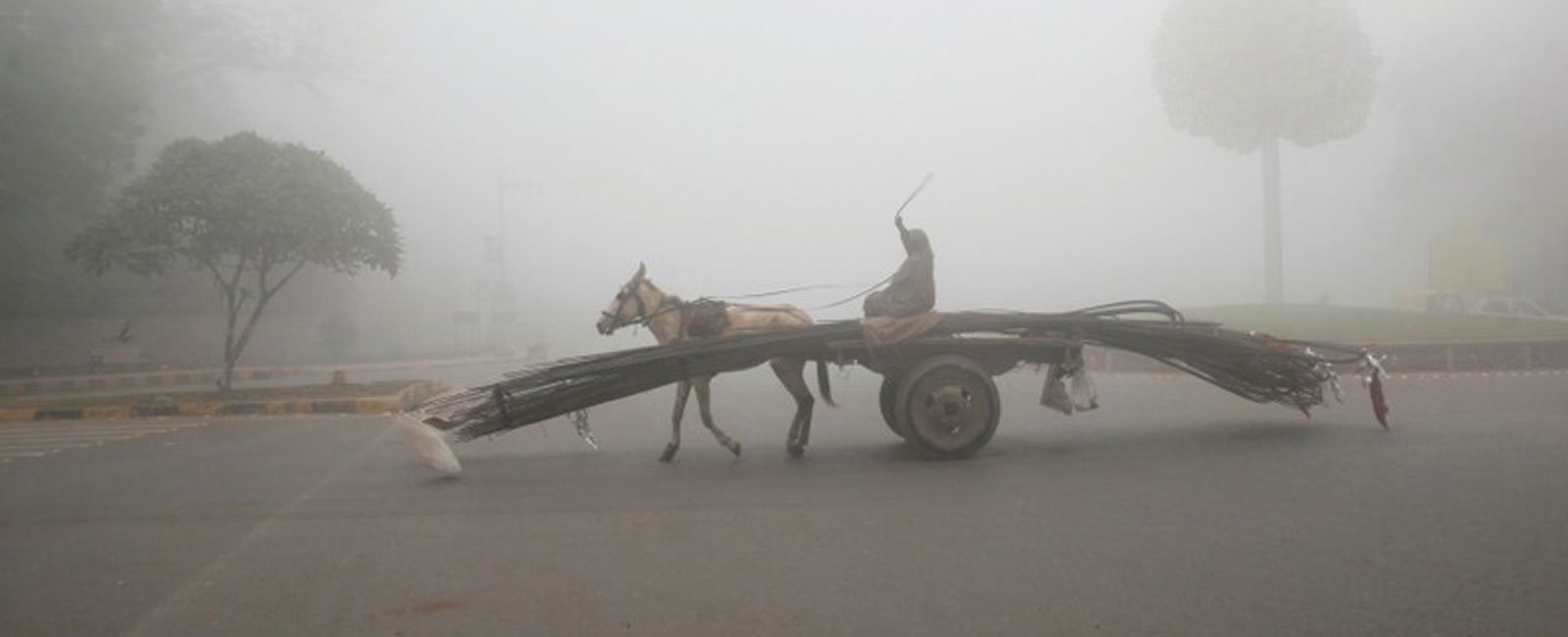What caused air pollution to decline in Pakistan and is it sustainable?
Air pollution levels slightly decrease in the South Asian country, however, its threats still loom with lack of proper implementation and regulations of climate policy measures

KARACHI: With under an insignificant 1% contribution to greenhouse gas emissions that drive global warming, Pakistan is among the most exposed nations facing the dire consequences of climate change, including severe weather and environmental degradation, according to the latest findings.
In the midst of this already present factor, a slight decline has been noted in the country's air pollution level in 2022 compared with the previous years, the annual Air Quality Life Index (AQLI) report disclosed.
The overall pollution decreased in South Asia but it still remains one of the world's most polluted regions, according to the report. Despite having cleaner air in 2022, the threat of air contamination still looms over Pakistan and other South Asian countries, as populations continue to breathe contaminated and toxic air particles affecting their life expectancy.
Above-normal rainfall, due to favourable meteorological conditions, is likely the primary factor behind the decline in air pollution in Pakistan. Moreover, the World Meteorological Organisation has linked La Niña conditions to increased rainfall during the monsoon season, which contributed to this decline.
Additionally, other probable causes behind this decline include the installation of pollution monitors by the government, encouragement to brick kilns to shift towards cleaner technologies and shutdown of factories in highly polluted districts during the winter months when energy demand for heating is high, as per the AQLI report.
Will current climate measures to lower air pollution suffice for long?
With rapid industrialisation, economic development, and population growth driving skyrocketing energy demand and fossil fuel consumption across the region, this decline in air pollution may not last long, considering it’s not a major change.
Notably, the monsoon rains have historically caused flash flooding leading to loss of human lives and damage to infrastructure. As a consequence, climate experts and policymakers do not advise dependency upon it in order to lower air pollution.
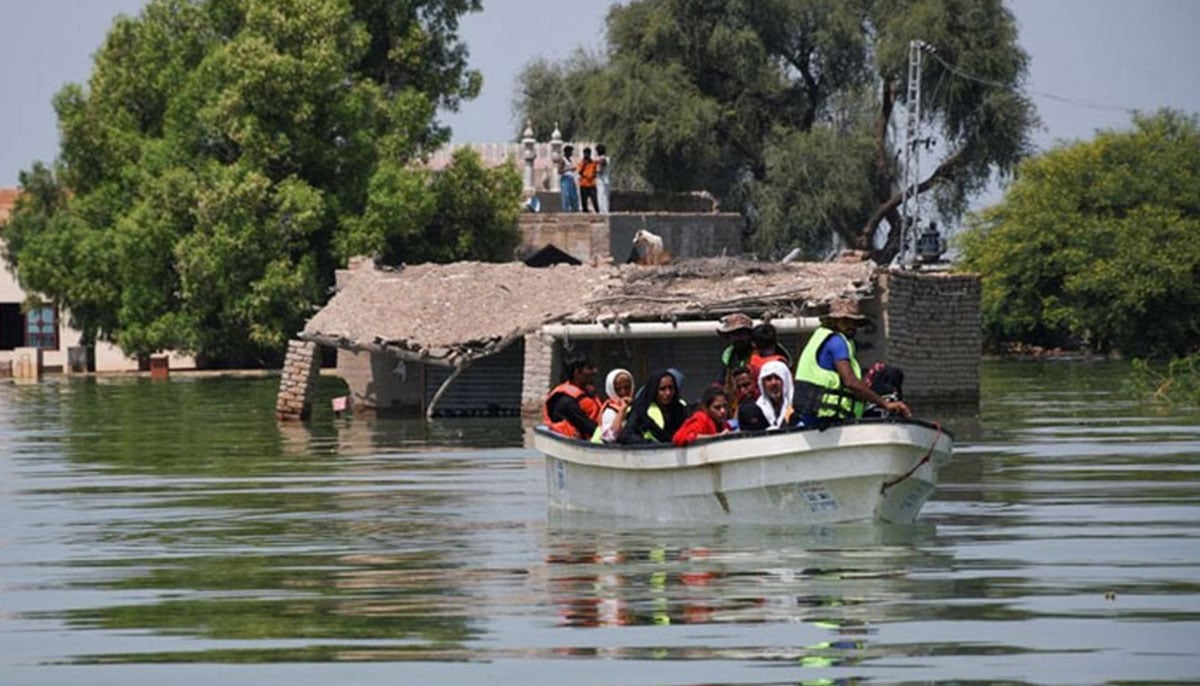
“We have specific monsoon months in which rains fall. What about the other days when there are no monsoon rains,” said environmentalist and climate expert Afia Salam, emphasising that the country cannot solely depend on above-normal rainfalls in order to tackle the air pollution problem.
Dependency on favourable meteorological conditions
Earth sciences expert from the University of Cambridge, Hassan Aftab Sheikh, while shedding light on the disasters caused by 2022 rains said: “The rainfall brought devastating floods so I would not see it as a way of lowering air pollution. All rain did was bring down suspended particles in the lower atmosphere and lowering PM (particulate matter) averages.”
He noted that dependence on rain for lower air pollution is not a sustainable solution and added: “No, we cannot [depend on above normal rainfall]. Lower air pollution should be achieved by controlling the sources of it, not looking at ad-hoc solutions. It was a La Nina year, what about when the average rainfall is lower than expected? We cannot depend on meteorological factors in this case.”
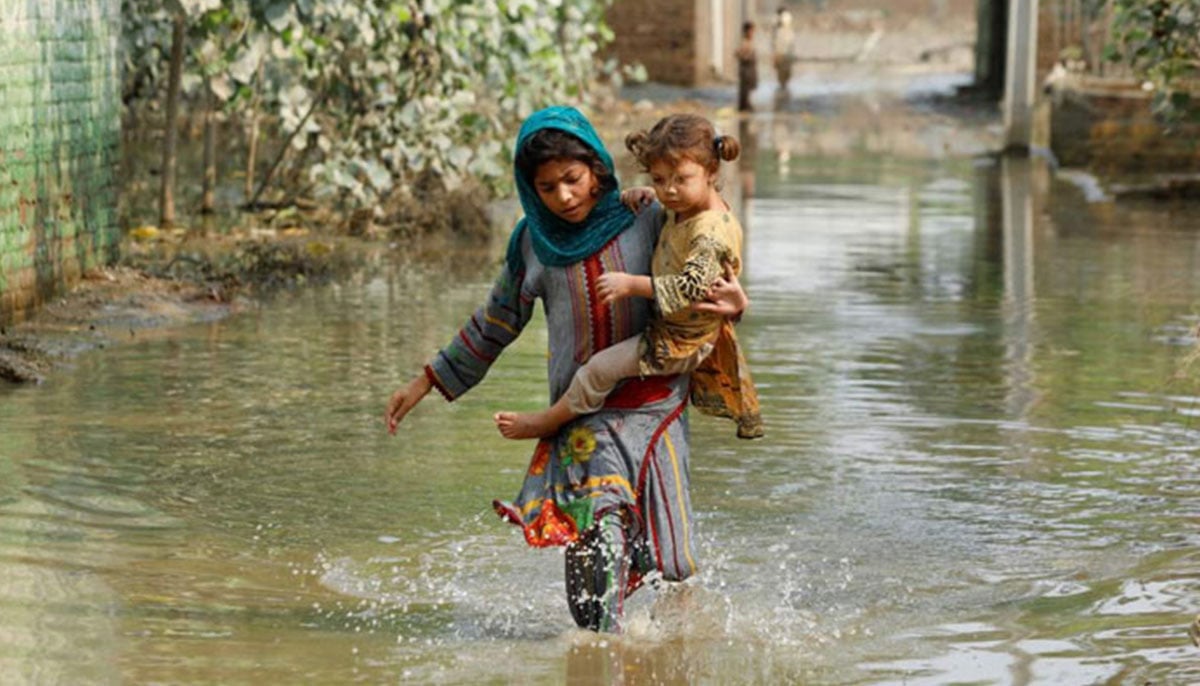
The focus on sources of pollution and addressing the root causes of a collective pollution problem was also emphasised by the Founder of Pakistan Air Quality Initiative (PAQI) Abid Omar.
He said: “Our policies are working 1% to 2% but they aren’t that effective. Pakistan’s policies are not evidence-based. We need to gather evidence on where the most pollution in the country is and what are the causes of it. The Meteorological factors [like above-normal rainfall] have a temporary impact. There needs to be implementation of [current climate] policies.”
‘Pollution monitors do not control air pollution’
Additionally, Salam laid importance on the installation of pollution monitors, however, she said: “Pollution monitors are not really controlling pollution, they are telling you if there is bad air which is going to be hazardous for people like children and elderly. As a result, they close schools for a few days because of smog but ordinary people are still affected by it as they don’t even have knowledge about poor air quality. They continue to go on with their daily work.”
Though the current climate measures including brick kiln shift towards cleaner technologies as well as cutting off of factory emissions during winters have been regarded as essential, the experts and environmentalists also drew attention towards the necessity of taking additional measures in order to deal with the larger air pollution dilemma.
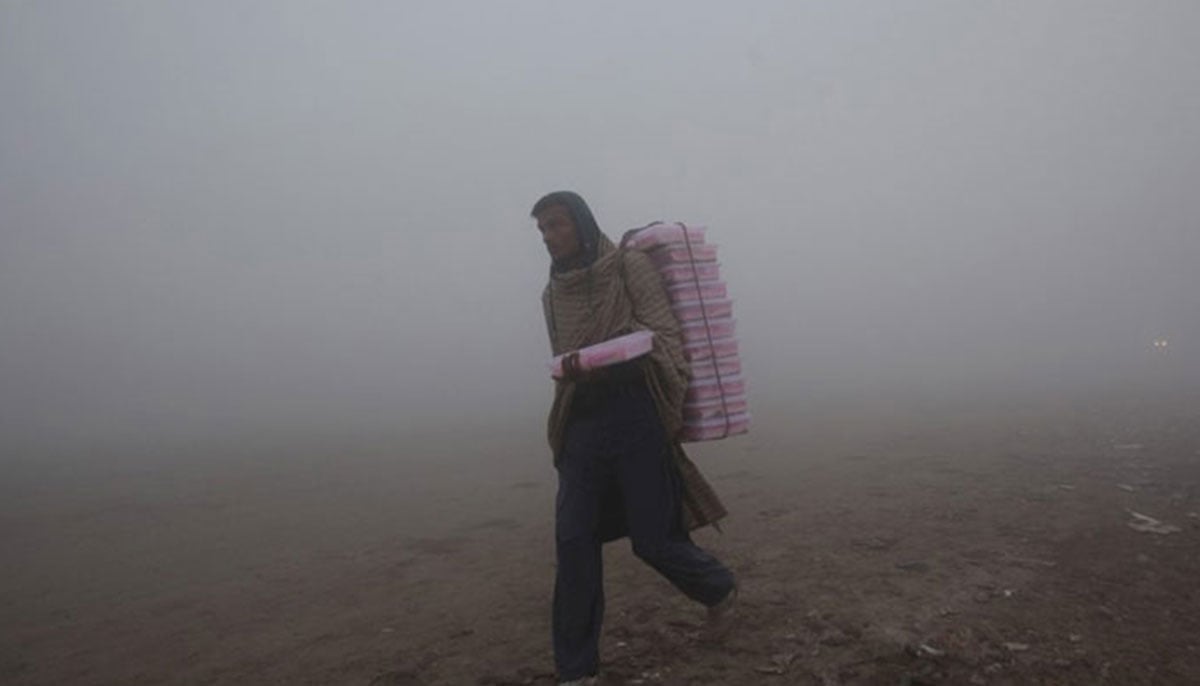
Meeting energy requirements, a check on car fuel efficiency standards and alternatives to the use of nitrogen in the agricultural sector can effectively assist in improving the air quality index in the country, as per the experts.
The short-term measures must “hold polluting industries accountable, move them out of cities, stringent laws on car fuel efficiency and the cars on road, and have congestion zones to limit car usage,” Sheikh said.
Backing these measures, Omar mentioned: “We also need to have a proper waste management system. The waste and garbage are dumped unsupervised. Moreover, the country’s energy requirements are also stagnant. Many factories still burn their own fuel to meet their electricity requirements. They even burn garbage for this purpose, which leads to poor air quality and there are no checks on this.”
Lack of green cover and nitrogen use
Apart from fossil fuel emissions by factories and brick kiln industry, there is already a lot of pollution in the country, Salam noted, adding that it was because of a lack of greenery.
“The green cover in the country is less than the worldly recommendation,” she said, pointing towards another significant cause behind the air pollution. If there will be no trees, then there will be no absorption of the emissions.
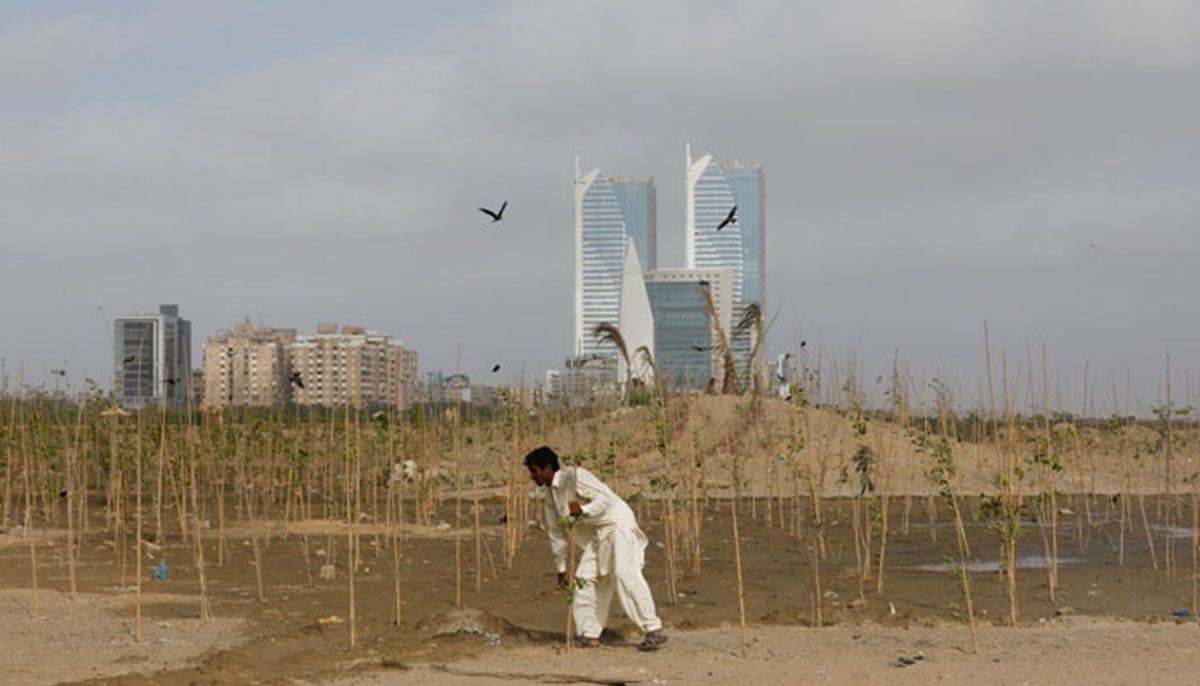
In addition to the lack of green cover, an increased use of nitrogen in the agricultural sector is also a prominent reason behind the pollution. As a consequence, the shift towards cleaner and renewable energy by the government needs to be consistent if we want to solve this issue, according to the experts.
Contrary to the short-term policies and measures, Sheikh also proposed long-term measures that can help if implemented.
He suggests investing in mass transit infrastructure, shifting to euro 6 fuel (which would be unpopular right now, because even euro 4/5 [whatever is sold] in Pakistan currently) is expensive for the public. Sheikh also recommends transitioning from fossil-fuel-run plants, lowering private vehicle use by having micro-mobility alternatives and having a tractor-sharing scheme where the government gives loans to farmers on sharing tractors for removing crop residue.
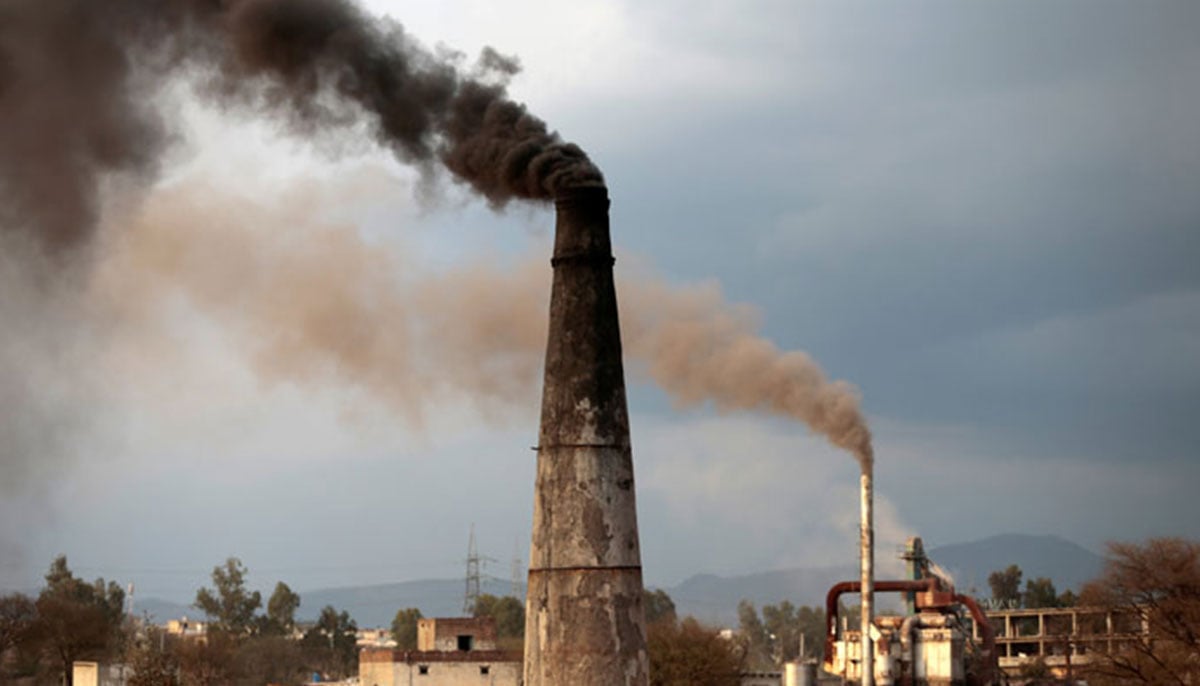
He further added: “Polluting brick kilns should be sealed.
There should be laws making open waste burning — whether on roads or privately — illegal, as it is a big source both in rural and urban areas and does not appear in source apportionment studies.”
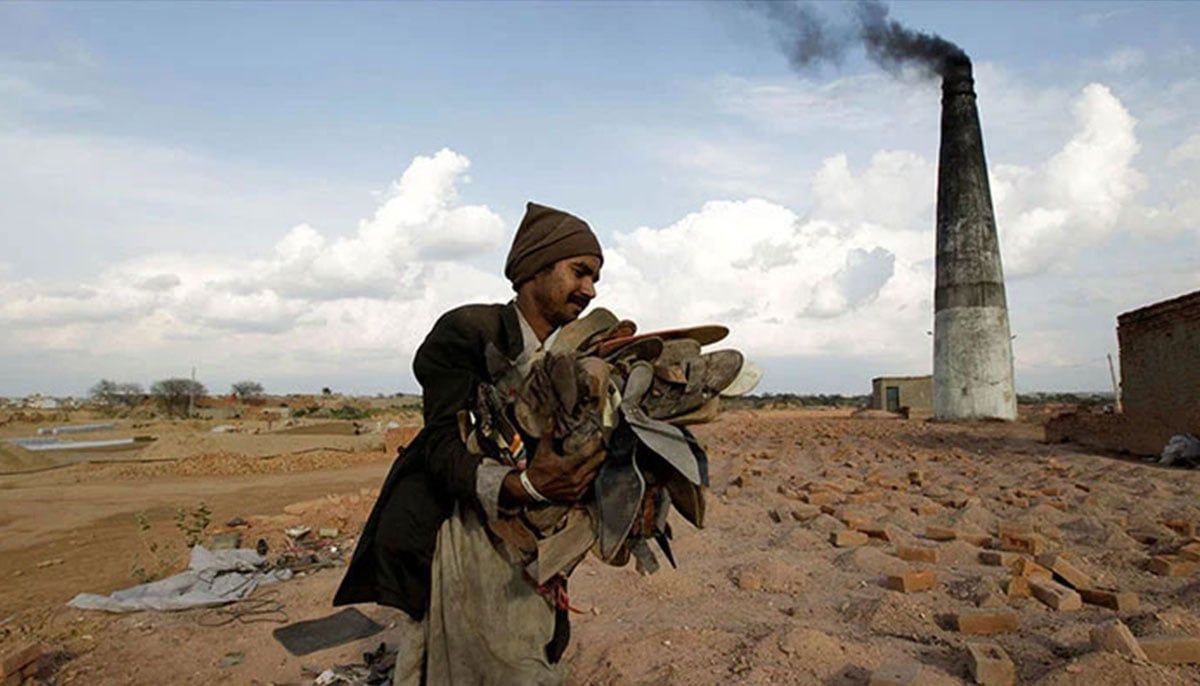
Role of rapid solarisation in lowering emissions
In addition to the aforementioned sustainable measures, Sheikh considers rapid solarisation crucial for reducing emissions and gradually decreasing air contamination.
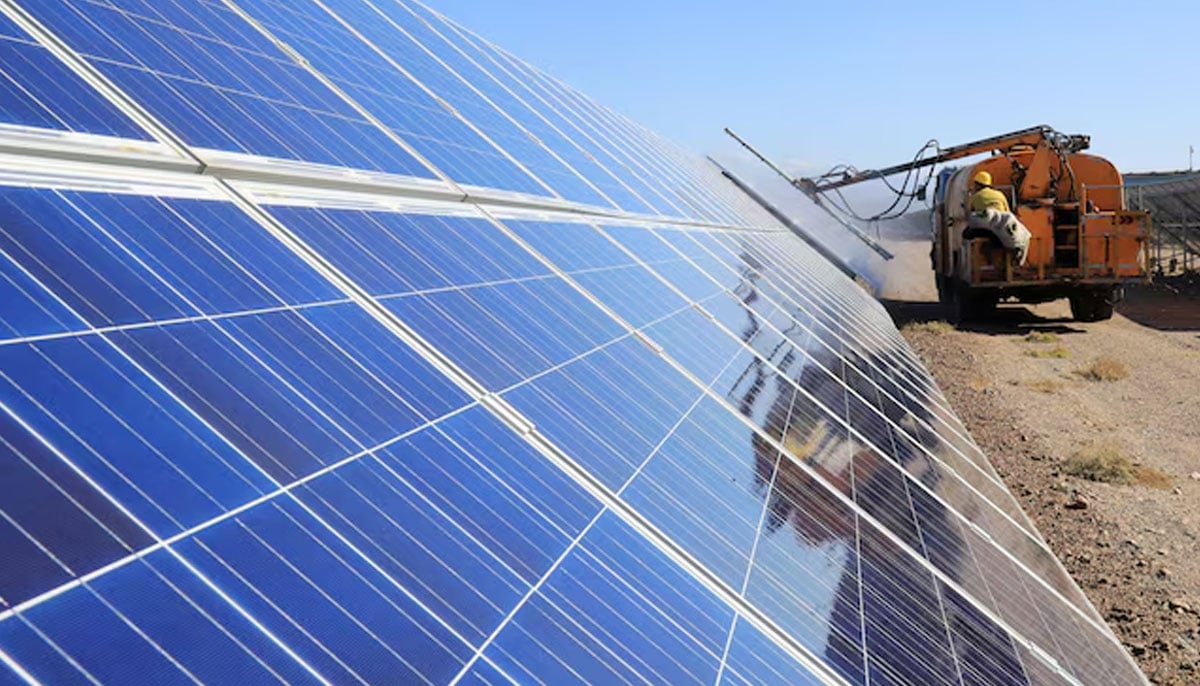
However, he said that it should not be relied on solely as other sources should also be taken under consideration.
“It can help, but considering the electricity sector is only responsible for about 10% of the air pollution problem, and most of these plants are away from high population density areas, we should focus on other sources for now. Solar power usage would increase itself and the country would transition away from fossil fuels (lowering non-GHG pollutant emissions),” he added.
Notably, in 2023, Pakistan remained one of the world's three smoggiest countries, as Bangladesh and India replaced Chad and Iran, with particulate matter about 15 times the level recommended by the World Health Organisation, reported Reuters.
In addition to economic and infrastructural benefits, a decrease in air pollution significantly impacts people’s health and their overall life expectancy. According to the AQLI report, in Pakistan, where the PM 2.5 concentration was 38.9 µg/m³ in 2022 —10% lower compared to the particulate levels in 2021, the average resident would gain 3.3 years from meeting the WHO guideline. Those in Peshawar, the most polluted city in the country, would gain 5.6 years, it added.
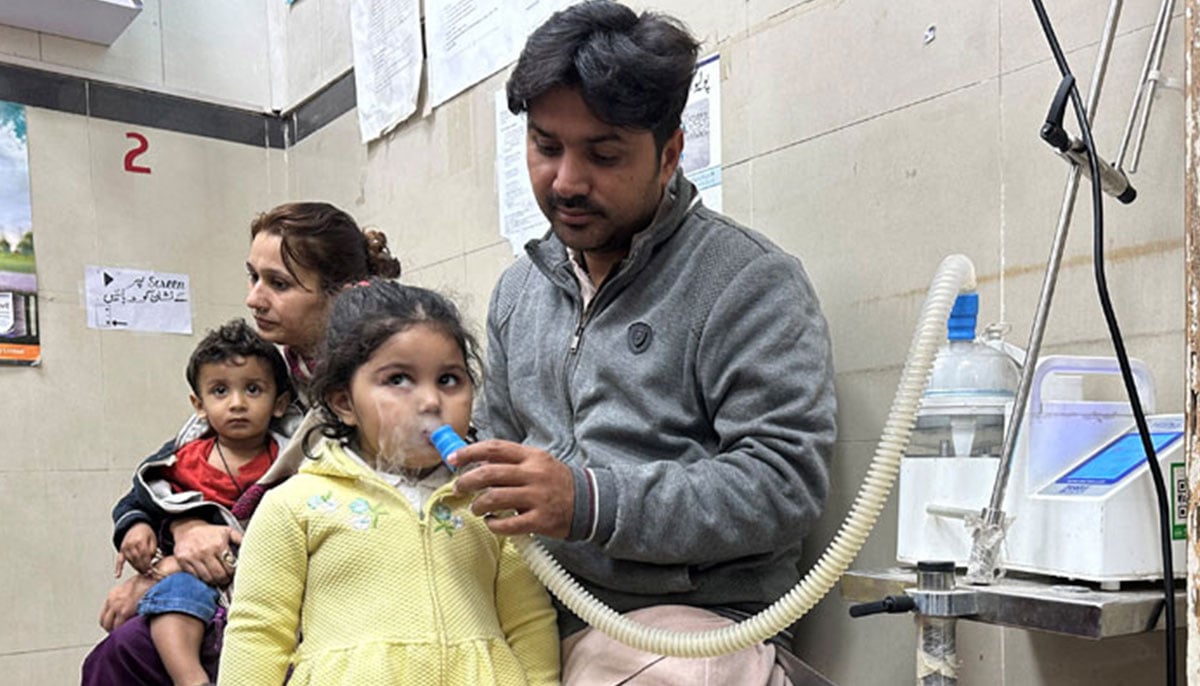
Laying prominence on air quality’s relation with people’s health, PQLI's Communications Head Mariam Shah said: “We cannot solely depend on nature or divine intervention to mitigate the air pollution crisis. If we don’t take properly planned, cross-sectoral, well-implemented sustainable steps towards reducing air pollution, soon we will not be able to do any outdoor activities at any time of the year, let alone during the smog season. Air pollution is a very real health emergency which is exacerbating with each passing year.”
The decline in air pollution levels may not be massive but it can still be meaningful with proper regulations and implementations of already passed policies as well as with the introduction and usage of newer cleaner and renewable technologies.
An environment-friendly people-centric approach and consideration of economically stable climate measures can aid in the maintenance of good air quality in the country where millions continue to breathe toxic air.
The author is a staffer at Geo.tv and she can be reached at @kinzashakeel_ on X.



